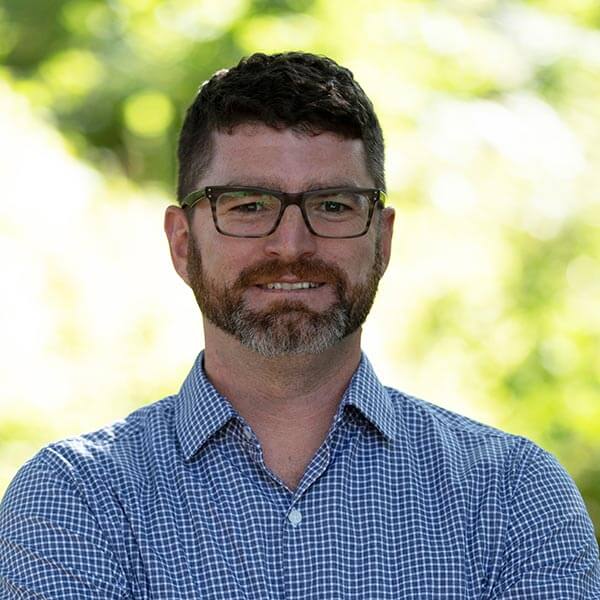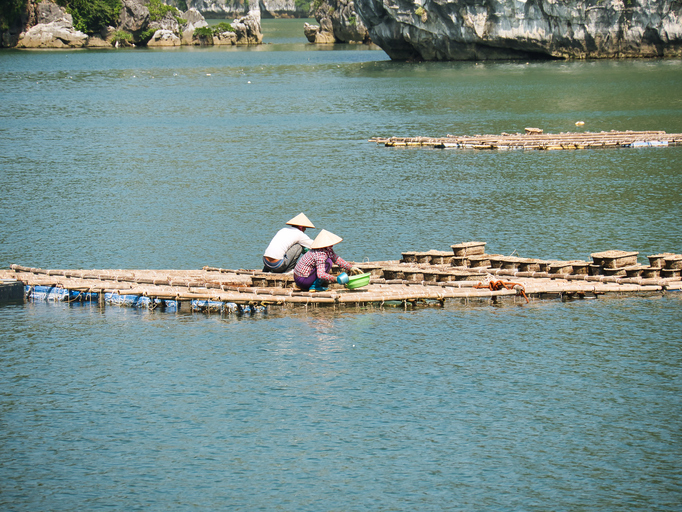There is no silver bullet strategy when it comes to driving sustainable aquaculture. However, when we combine multiple strategies, that’s when progress starts.
Not only is it critical that we generate more sustainable environmental and social impact in the aquaculture industry, but we must also provide assurances to buyers.
Retailers, restaurants, institutional services, and other companies have made significant commitments to purchasing more sustainably sourced farmed seafood. This is how companies remain competitive, meet their consumers demand, and reach their environmental and social impact goals.
The Partnership Assurance Model (PAM) simultaneously uses multiple strategies to co-plan, design, and implement approaches to increase sustainability improvements on aquaculture farms.
How to Apply the Partnership Assurance Model for Sustainable Aquaculture
PAM was designed to provide a scalable model for sustainable improvement, sourcing, and verification for aquaculture farmers of any size. The PAM approach recognizes that farmers face different, and often, unique challenges depending on their region and the size of their operation.
Below we highlight three key strategies the PAM model uses.
1. Opportunity Mapping
For every PAM project, we engage in stakeholder and value chain mapping for the aquaculture sector and the region. We also conduct an in-depth report on the social, economic, and ecological challenges to create a comprehensive assessment of opportunities and challenges.
Some of the areas we analyze include:
- Social, economic, and ecological status of the target industry and geography
- Past and current initiatives in the same sector and region
- Environmental performance
- Potential stakeholder mapping including relationships and interactions within and with the sector; and
- The most critical human rights’ challenges and solutions.
2. Innovative Finance Tools and Partnership
Funding environmental and social improvements is costly, especially for small-scale farmers who often lack the resources and capital—and access to it.
PAM initiatives seek to partner with buyers in the seafood industry as well as impact investors, banks, donors, foundations, and development finance institutions to help farmers get the financial resources they need to invest in sustainability projects.
PAM works to ensure that the burden of financing sustainability improvements doesn’t solely fall onto farmers.
3. Monitoring, Evaluation, and Adaptive Project Management
Measuring progress throughout a PAM project is vital to understanding the impact of initiatives. It also allows us to use adaptive management to course correct our approaches and tools.
For our current initiatives in Vietnam and India, we’re tracking and providing updates on progress toward environmental performance targets and a range of social and human rights issues. To maintain transparency, we’re also making our progress toward goals available to the public, which can be found at Seafood Watch.
PAM Spurs Sustainability Improvements in Aquaculture
To encourage, support, and verify more sustainably-source aquaculture products, we need new approaches that address the unique challenges facing farmers in a specific region. We designed PAM for ultimate customization.
Currently, we’re using PAM models for farmed shrimp in two regions in Vietnam, and in India, and for farmed salmon in Chile.
In each area, we’re working with dozens of partners including major seafood buyers, governments, unions and farmer organizations, feed manufacturers, and technology providers to find and deploy solutions that drive real sustainable environmental and social impact.
We’ve only used the PAM model for a few years but already we’re seeing results.
In Vietnam, we’ve increased the number of farms verified to meet Seafood Watch’s requirements for Best Choice (Green).
And we’ve made the farmer verification time more efficient and faster by implementing new technological solutions. What used to take farmers one to four days to assess against a specific standard, certification, or rating now only takes an hour to an hour and half.
While there’s still a lot of work to be done, we’re excited and optimistic about the future of sustainable aquaculture. To learn more about how PAM gets applied and other key strategies, read our recent impact report or reach out to our aquaculture expert.



